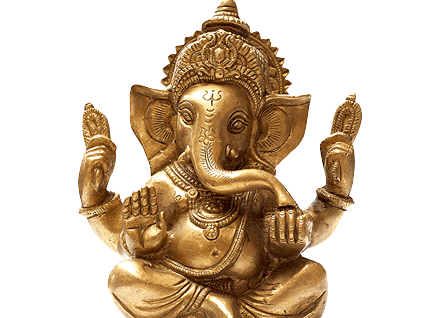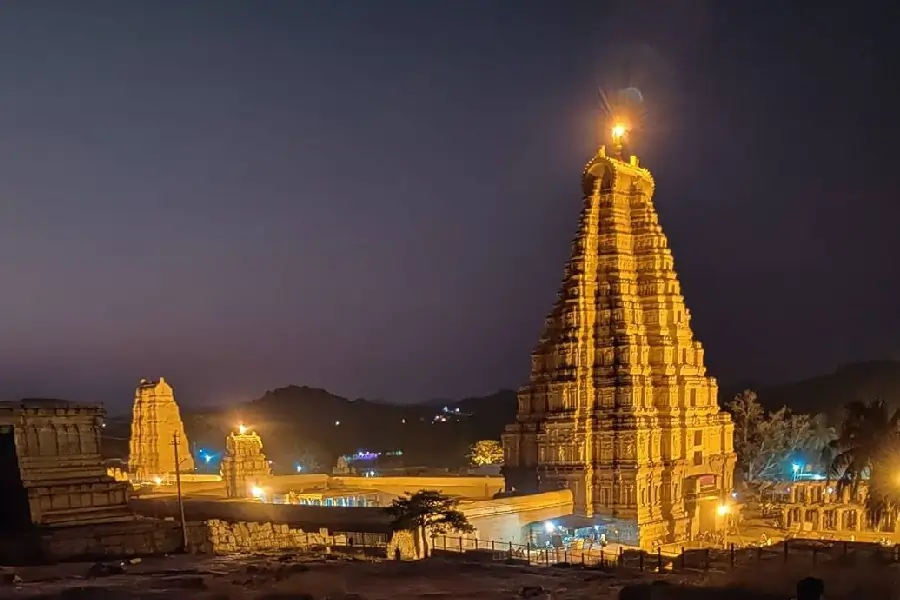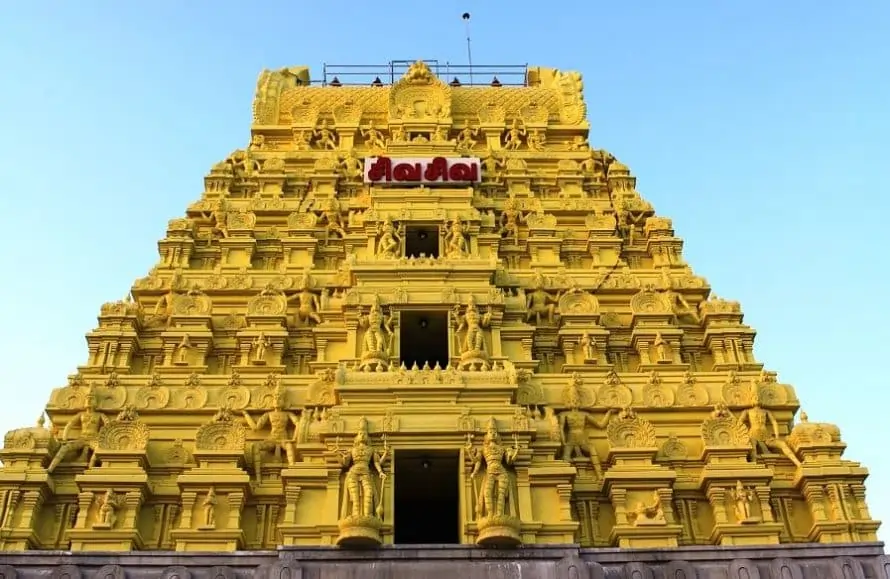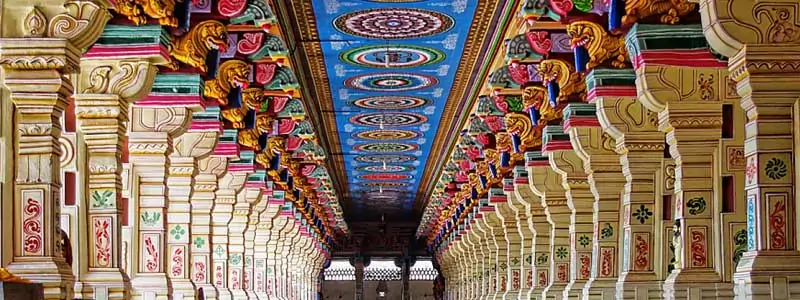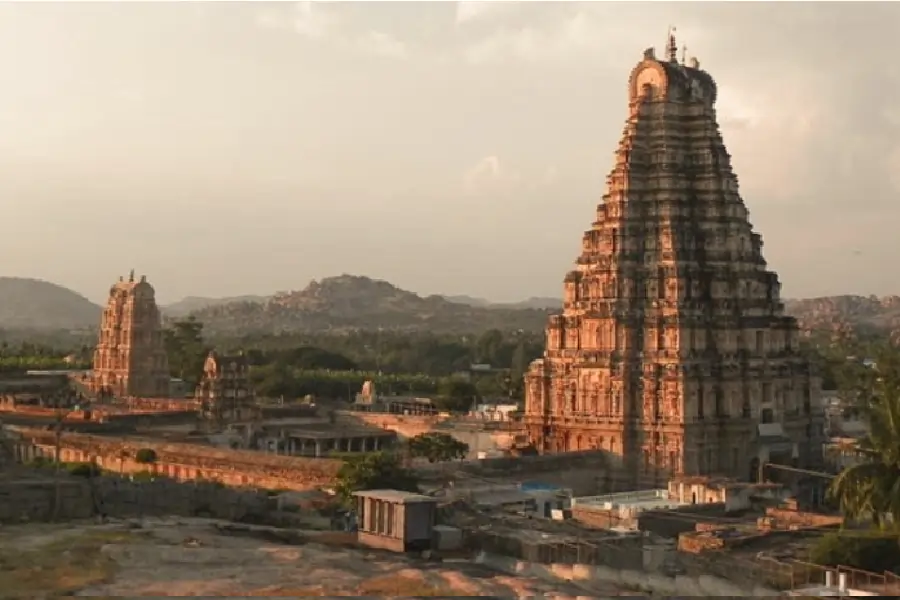
Enchanting Jagannath Temple Puri Story: A Journey through Legends, Facts, and Local Folklore

Embark on a captivating journey through the mesmerizing Jagannath Temple Puri Story. This ancient Hindu temple holds immense spiritual significance and boasts a fascinating story that encompasses a rich tapestry of legends, historical facts, and local folklore. As we delve into the enchanting saga of Jagannath Puri, we will unravel the divine mysteries surrounding this sacred site.
Legends and Mythology: The Essence of Jagannath Temple Puri’s Story
At the heart of Jagannath Temple puri’s story lies the legend of Lord Krishna’s incarnation as Lord Jagannath, accompanied by Lord Balabhadra and Devi Subhadra. This mythical narrative, deeply rooted in Hindu mythology, has captured the hearts of millions. Let us explore the captivating legends associated with the divine deities of the temple.
The Legend of King Indradyumna and the Divine Vision:
One of the most fascinating story of Jagannath Temple, puri is that according to legend, King Indradyumna, a fervent devotee of Lord Vishnu, had a divine vision in which he saw a magnificent deity floating in the sea. Driven by the desire to behold this divine vision, the king embarked on a quest to find the deity and build a temple for its worship. Guided by celestial signs, he undertook rigorous penance and received instructions from Lord Vishnu in a dream, directing him to seek out a divine log known as “Darupadi” hidden deep in the forest.
Upon finding the sacred log, King Indradyumna sought the expertise of the divine architect, Vishwakarma, to carve the idols of Lord Jagannath, Lord Balabhadra, and Devi Subhadra. However, Vishwakarma imposed a condition that the temple must be constructed without any interruption. Should the work be interrupted, the idols would remain unfinished forever. The king eagerly agreed to the condition and commenced the construction of the magnificent Jagannath Temple.
The Legend of the Divine Rivalry:
Another captivating story associated with Jagannath Temple revolves around the divine rivalry between Lord Jagannath and the demon king Kanchi. It is said that the demon king, envious of Lord Jagannath’s popularity, challenged him to a battle. Lord Jagannath accepted the challenge, and the cosmic duel commenced.
During the intense battle, Lord Jagannath wielded his divine weapons with unparalleled skill and valor. Ultimately, he emerged victorious, defeating the demon king Kanchi and symbolizing the triumph of good over evil. This legend showcases the temple’s divine protection and the power of Lord Jagannath to conquer negativity and restore harmony and righteousness.
The Devotion of Queen Gundicha:
Yet another story of Jagannath temple, puri is that of Queen Gundicha, the wife of King Indradyumna. She played a significant role in the legends associated with Jagannath Temple. She was known for her unwavering devotion and dedication to Lord Jagannath. It is said that Queen Gundicha would personally clean and decorate the temple every year before the grand Rath Yatra, ensuring its sanctity for the divine journey of the deities.
Her devotion and meticulous efforts earned her the title “Bada Mahaprabhu Patni” or the “Great Consort of the Lord.” Queen Gundicha’s devotion serves as an inspiration to devotees and reflects the deep reverence and love that surrounds the temple.
The Miracle of the Sudarshan Chakra:
One of the captivating story associated with Jagannath Temple is the story of the Sudarshan Chakra. During the carving of the wooden idols, an incomplete Sudarshan Chakra (a divine discus) was also sculpted. This posed a challenge, as the idol of Lord Jagannath was considered incomplete without this vital symbol.
However, it is believed that during the installation of the idols, a miraculous incident occurred. As the craftsmen and priests tried to install the Sudarshan Chakra, it would not fit properly. Filled with devotion and despair, the head priest fervently prayed to Lord Jagannath. In response to his prayers, the Sudarshan Chakra miraculously appeared, completing the divine ensemble and symbolizing the divine intervention in the construction of the temple.
The Eternal Journey of Lord Jagannath:
According to local folklore, Lord Jagannath, along with Lord Balabhadra and Devi Subhadra, embarks on an annual Rath Yatra, a grand chariot procession. It is believed that during this journey, the deities visit the Gundicha Temple, also known as the “Mausi Maa Temple” or the “Aunt’s Temple.” This sacred pilgrimage signifies the divine bond between Lord Jagannath and his aunt, Gundicha.
During the Rath Yatra, millions of devotees gather in Puri to witness this magnificent spectacle and seek the blessings of Lord Jagannath. The chariots, intricately designed and pulled by thousands of devotees, carry the deities on their celestial journey, symbolizing the unity and devotion of the people towards the divine.
Legends and Mythology: The Essence of Jagannath Temple Puri’s Story
At the heart of Jagannath Temple Puri story lies the legend of Lord Krishna’s incarnation as Lord Jagannath, accompanied by Lord Balabhadra and Devi Subhadra. This mythical narrative, deeply rooted in Hindu mythology, has captured the hearts of millions. Let us explore the captivating legends associated with the divine deities of the temple.
- The Temple’s Unique Architecture: Jagannath Temple is renowned for its unique architectural style, featuring a towering spire known as the “Deul.” This spire, adorned with intricate carvings and sculptures, stands as a magnificent example of Kalinga-style architecture.
- The Mysterious Flag: The temple has a flag known as “Patita Pavana,” which changes direction automatically despite the wind’s force. This fascinating phenomenon has intrigued visitors for centuries.
- The Ritual of Nava Kalebara: Nava Kalebara is a significant ritual in which the idols of Lord Jagannath, Lord Balabhadra, Devi Subhadra, and Sudarshan Chakra are replaced with new wooden forms. This ritual takes place every 12 to 19 years, marking a renewal of divine energy.
- The Divine Cuisine: The temple is famous for its Mahaprasad, a sacred food offering made without onions, garlic, or any kind of preservatives. It is believed that even a small amount of Mahaprasad can satisfy a person’s hunger and bestow divine blessings.
- The Nilachakra: The temple’s towering spire is crowned by a circular wheel called the Nilachakra, made of eight different metals. It is believed that a glimpse of the Nilachakra ensures salvation.
- The Nandighosa Rath: The chariot used to carry Lord Jagannath during the Rath Yatra is called the Nandighosa Rath. It is the largest among the three chariots and stands at an impressive height of 45 feet.
- The Garuda Stambha: A 11-meter tall pillar called the Garuda Stambha stands in front of the temple’s main entrance. It is dedicated to Lord Vishnu’s mount, Garuda.
- The Divine Sudarshan Chakra: The Sudarshan Chakra, mounted on top of the temple, is made of an alloy that remains rust-free. This incredible fact has baffled scientists and experts for years.
- The Daily Ritual of Mahasnana: Before the morning darshan, the idols of Lord Jagannath, Lord Balabhadra, and Devi Subhadra are ritually bathed with 108 pitchers of water in a ceremony known as Mahasnana. The water is collected in a sacred well called the Rohini Kund.
- The Sevayats: The temple’s rituals and daily operations are managed by a specific group of priests known as Sevayats. These priests hold hereditary rights and responsibilities, passed down through generations.
- The Hidden Flag: It is said that no one can touch the flag on the temple’s spire. Even when the flag is changed during the Nava Kalebara ritual, itremains hidden from public view.
- The Mystery of the Daru Bramha: During the Nava Kalebara ritual, the search for the sacred daru (divine log) used to carve the new idols is shrouded in secrecy. The identity of the person who finds the daru is kept confidential.
- The Mysterious Sudarshan Lake: Near the temple, there is a natural lake known as the Sudarshan Lake. It is believed to have sacred properties, and its water is considered highly purifying.
- The Sacred Neem Wood: The idols of Lord Jagannath, Lord Balabhadra, Devi Subhadra, and Sudarshan Chakra are carved from sacred neem wood, which is said to possess medicinal and spiritual qualities.
- The Unfinished Kitchen: The temple’s kitchen, known as the Ananda Bazaar, remains unfinished to this day. It is said that even with the massive amounts of food prepared, no food item ever falls short or goes to waste.
Conclusion:
Immerse yourself in the captivating story of Jagannath Temple Puri, where history, mythology, and cultural heritage converge. With its captivating legends, architectural grandeur, and incredible facts, this divine abode continues to enthrall devotees and visitors alike. As you explore the enchanting story of Jagannath Temple, you embark on a spiritual journey that unveils the profound legacy of devotion and divinity associated with this iconic Indian landmark.
To know more about the Jagannath Temple Puri, visit these links:
Jagannath Temple Puri: History, Significance, Facts – All You Want To Know
Must Read:
History of Jagannath Temple
Puri Jagannath temple timings: Opening time, Darshan time and Bhog time
Lesser Known Facts About Jagannath Temple
How to Reach Jagannath Temple railway & airport
Jagannath Temple Puri: History, Significance, Facts – All You Want To Know
Shri Jagannath Aarti : Chaturbhuja Jagannatha Kantha Sobhita Koustubha
श्री जग्गनाथ आरती – चतुर्भुज जगन्नाथ
Puri Jagannath Temple & God Images

